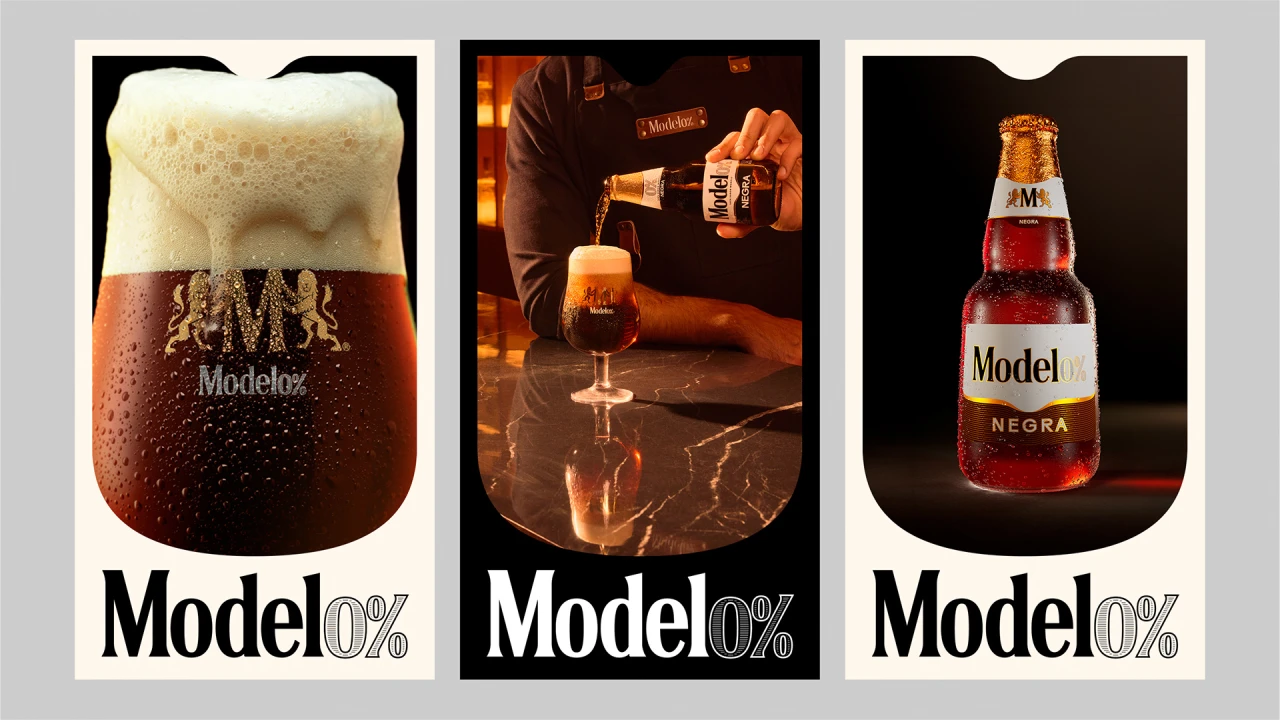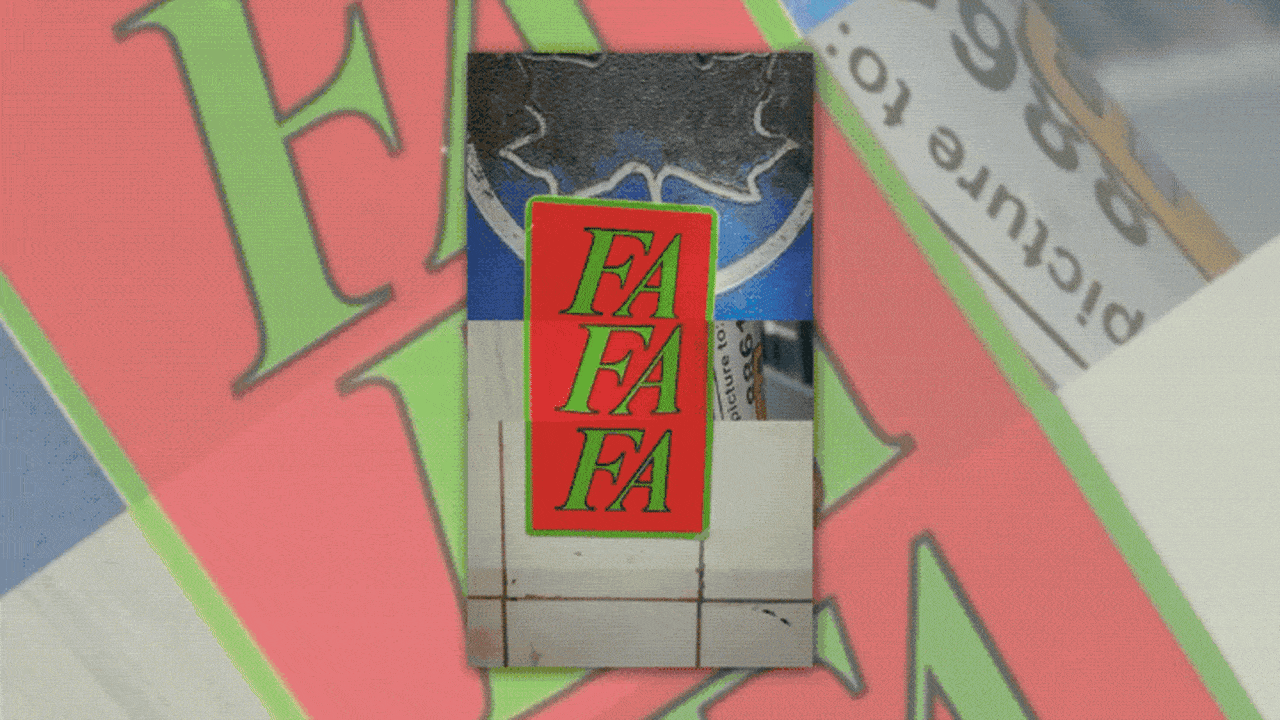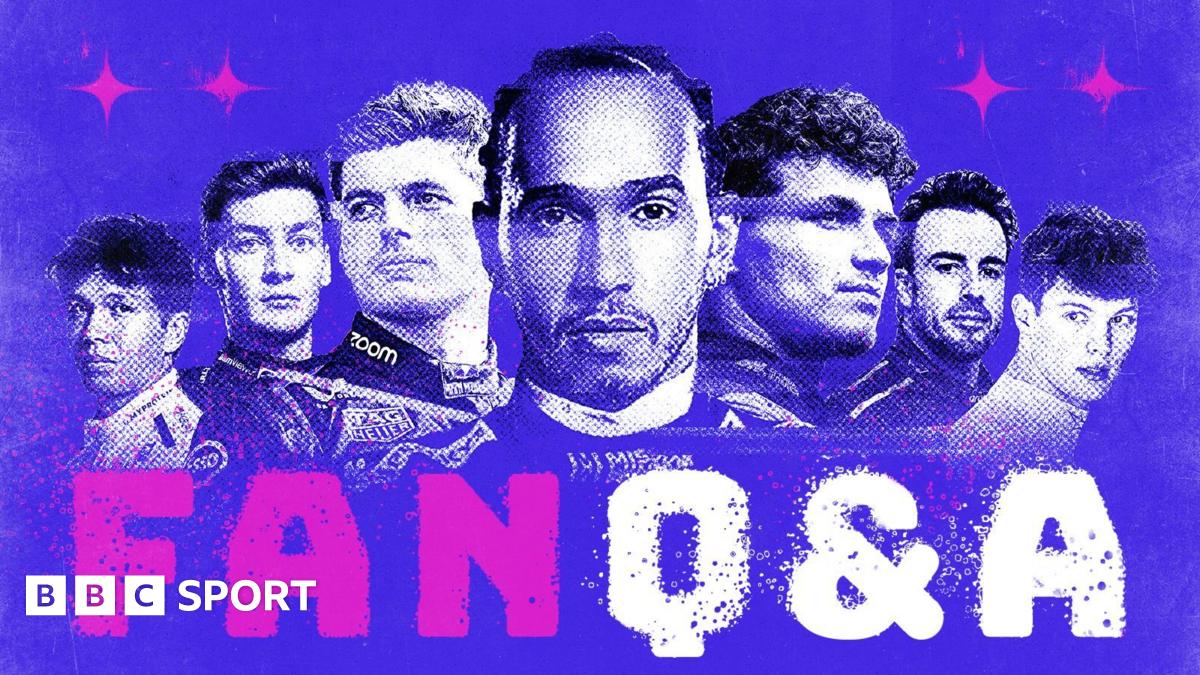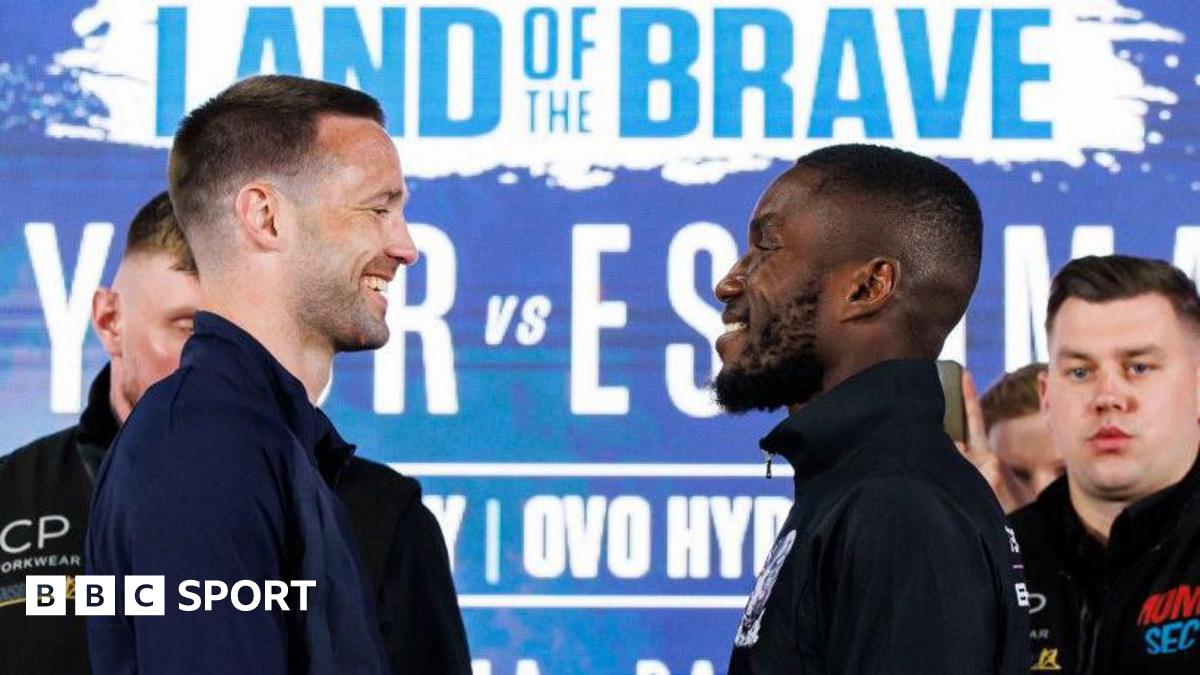This simple template can help you answer any job interview question

If you want to land a new role, you’ve got to deal successfully with the Q&A portion of the job interview. Fumble in responding to a question or offer a garbled answer, and you could miss out on that next dream role.
That’s why it’s such a good idea to do your research and prepare a set of potential answers in advance. To do this, think of what questions could be asked and use the following template to build a set of answers.
Having this four-step “H-I-R-E” template will also help you answer unexpected questions eloquently on the fly. (For a fuller discussion of this method, see my book The Job Seeker’s Script.)
Step 1: HOOK
Every answer should begin with a hook that provides a “handshake” and an introduction to what’s to follow.
First, take a moment to pause. This shows respect for the questioner and indicates that you are thinking about what was asked. And as you begin your answer, avoid some of the most common errors:
- Don’t rush to answer. Rushing can make you look anxious or insecure. Doing so might also lead you to blurt out inappropriate or imprecise information.
- Skip that ever-so-common response: “That’s a good question.” You are not there to evaluate the interviewer. You’re there to answer the question.
- Avoid answers that begin with filler words like “um,” “ah,” or “you know.” They make you sound hesitant.
A good hook responds positively and clearly to the question. You might say, “I’m glad you asked that.” Or “That’s something I have thought a lot about.” Or if you’re asked, “Do you have experience with Al?”—your hook might simply be “Yes, I do.”
Step 2: INSPIRE
The main purpose of an answer is to inspire. Once you’ve reached out with your hook, get to your point—your inspiring message. And make sure to cut to the chase.
In a job interview, you might be asked to explain why you’re the right person for this job. Your inspiring message could be: “I have the experience you are looking for.” Or your message might be even more specific: “I have led teams in three separate organizations.”
Deliver that message with a strong voice. Your audience should hear your statement as one that you believe in.
Step 3: REINFORCE
Once you deliver your message, reinforce it with a series of supporting points. Choose one of the following patterns:
- The reasons that support your message.
- The ways your message can be proven.
- The situation and response that underlie your message.
- The chronological steps that prove your message.
These proof points show that you’ve thought out your argument. For example, if the interviewer asks you why you feel ready for the advertised job, give the reasons you believe that you are a strong candidate. Or mention the ways you will contribute to that role.
How many proof points will you want to have? Anywhere between two and four.
Step 4: ENGAGE
The final part of a great answer is engagement, or a call to action. This engagement points to next steps, or the steps you would like to take to fulfill or realize your message.
Suppose you have said that you have the skills required to assume the leadership role you’re discussing. You might end with, “I look forward to the possibility of fulfilling this role.” Or “I am excited by the challenges this role represents and am confident I will be able to meet them.” Ending with action gives your answer a path forward.
Often, it’s also valuable to suggest next steps at the end of the interview. You might say, “I am excited about this role and look forward to hearing from you. When can I expect that?”
What's Your Reaction?
 Like
0
Like
0
 Dislike
0
Dislike
0
 Love
0
Love
0
 Funny
0
Funny
0
 Angry
0
Angry
0
 Sad
0
Sad
0
 Wow
0
Wow
0































































































